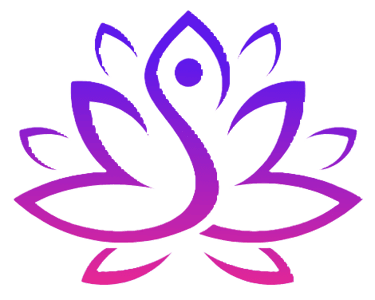🌬 Breathwork & Brain Waves: How Your Breath Shapes Your Mind
Your brain is always active, sending electrical impulses in rhythmic patterns called brain waves. These waves influence how you feel, think, and perform. One of the most powerful tools for influencing these brain states is your breath. By adjusting your breathing patterns, you can “tune” your brain for focus, creativity, relaxation, or deep rest.


🌬 Breathwork & Brain Waves: How Your Breath Shapes Your Mind
Your brain is always active, sending electrical impulses in rhythmic patterns called brain waves. These waves influence how you feel, think, and perform.
One of the most powerful tools for influencing these brain states is your breath. By adjusting your breathing patterns, you can “tune” your brain for focus, creativity, relaxation, or deep rest.
Let’s explore the five main brain wave types and the breathwork techniques that can help you access each one.
1. Gamma Waves (30–100 Hz) – High Performance & Insight
What they are: The fastest brain waves, linked to heightened perception, peak learning, and big “aha” moments.
When you feel them: During deep compassion, advanced learning, or sudden inspiration.
How breathwork induces them: Fast, energizing breathing like Bhastrika, Kapalabhati, or the Wim Hof Method floods your body with oxygen, boosts blood flow to the brain, and stimulates high-frequency neuronal firing for rapid information processing.
2. Beta Waves (13–30 Hz) – Alert & Engaged
What they are: Brain waves of active thinking, problem-solving, and decision-making.
When you feel them: At work, in study sessions, or in conversations.
How breathwork balances them: While moderate beta activity keeps you productive, stress can push it too high. Alternate nostril breathing (Nadi Shodhana) helps balance the brain’s hemispheres, reduce excess sympathetic activation, and maintain clear, stable focus.
3. Alpha Waves (8–12 Hz) – Calm Focus
What they are: Relaxed but alert waves — the “flow state” rhythm.
When you feel them: While daydreaming, during light meditation, or creative work.
How breathwork activates them: Coherent breathing (inhale and exhale evenly at ~5–6 breaths per minute) optimizes heart–brain synchrony, boosts serotonin, and encourages alpha dominance, making it easier to focus and create.
4. Theta Waves (4–8 Hz) – Meditation & Creativity
What they are: Slower waves linked to deep relaxation, emotional release, and intuitive insights.
When you feel them: In deep meditation, before sleep, or during vivid imagery.
How breathwork encourages them: Slow breathing with extended exhales activates the parasympathetic nervous system, lowering brain activity into the theta range. Circular connected breathing and deep pranayama can also guide you into this dreamlike state.
5. Delta Waves (0.5–4 Hz) – Deep Rest & Healing
What they are: The slowest waves, dominant in deep, restorative sleep.
When you feel them: In dreamless sleep or profound stillness.
How breathwork supports them: Gentle diaphragmatic breathing before bed slows the heart rate, reduces cortisol, and signals the brain to shift into delta dominance, promoting physical repair and immune function.
🌀 Breathwork: Your Brain’s Remote Control
Every breath you take sends a signal to your nervous system, and your nervous system sets the rhythm for your brain waves. By consciously shifting your breath, you can guide your mind toward:
Gamma for insight and high performance.
Beta for alert focus (without stress).
Alpha for calm creativity.
Theta for meditation and emotional release.
Delta for deep restoration.
Breathwork isn’t just a wellness trend — it’s a scientifically backed way to tune your brain’s electrical symphony and unlock your full potential.
